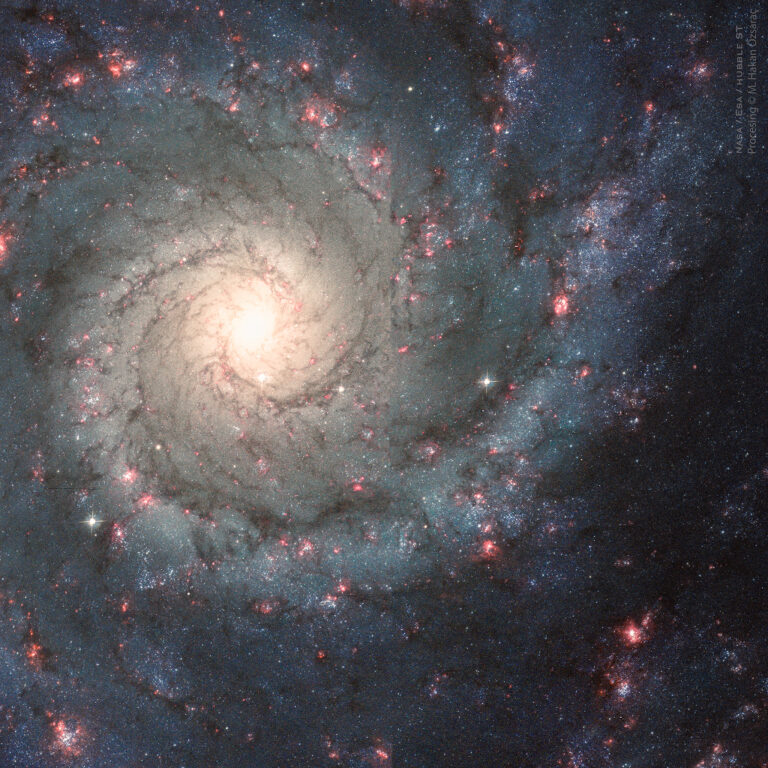2022年1月25日
Video: Comet Leonard over One Hour
Video Credit & Copyright: Matipon Tangmatitham (NARIT); Text: Matipon Tangmatitham
Explanation: Which direction is this comet heading? Judging by the tail, one might imagine that Comet Leonard is traveling towards the bottom right, but a full 3D analysis shows it traveling almost directly away from the camera. With this perspective, the dust tail is trailed towards the camera and can only be seen as a short yellow-white glow near the head of the comet. The bluish ion tail, however, is made up of escaping ions that are forced directly away from the Sun by the solar wind — but channeled along the Sun’s magnetic field lines. The Sun’s magnetic field is quite complex, however, and occasionally solar magnetic reconnection will break the ion tail into knots that are pushed away from the Sun. One such knot is visible in the featured one-hour time-lapse video captured in late December from Thailand. Comet Leonard is now fading as it heads out of our Solar System.
Gallery: Notable images submitted to APOD of Comet Leonard in 2021
Tomorrow’s picture: colorful star clouds
影片:李奥纳德彗星的一小时
影片提供与版权: Matipon Tangmatitham (NARIT); Text: Matipon Tangmatitham
说明: 这颗彗星往那方向行进呢?根据它的彗尾来推断,有人会认为李奥纳德彗星是往右下角前进,然而完整的三维分析指出,它几乎是顺着相机的指向远去。所以从拍摄的地点看出去,散发黄白辉光紧邻彗发的短短尘尾,其实直指相机。而泛蓝、由散逸离子组成的离子尾,除了在太阳风的推送下指离太阳之外,也顺着太阳的磁场线流动。太阳的磁场复杂多变,偶而会发生太阳磁重联,此时就会撕断离子尾,并造成离子尾内离太阳远去的团状结构。在这部去年12月摄于泰国的原长1小时之缩时影片里,就可清楚看到这种团状结构。目前李奥纳德彗星已踏上离开我们太阳系的旅程,并逐渐暗去。
图库: 2021年提交给APOD的李奥纳德彗星重要图像
明日的图片: colorful star clouds






